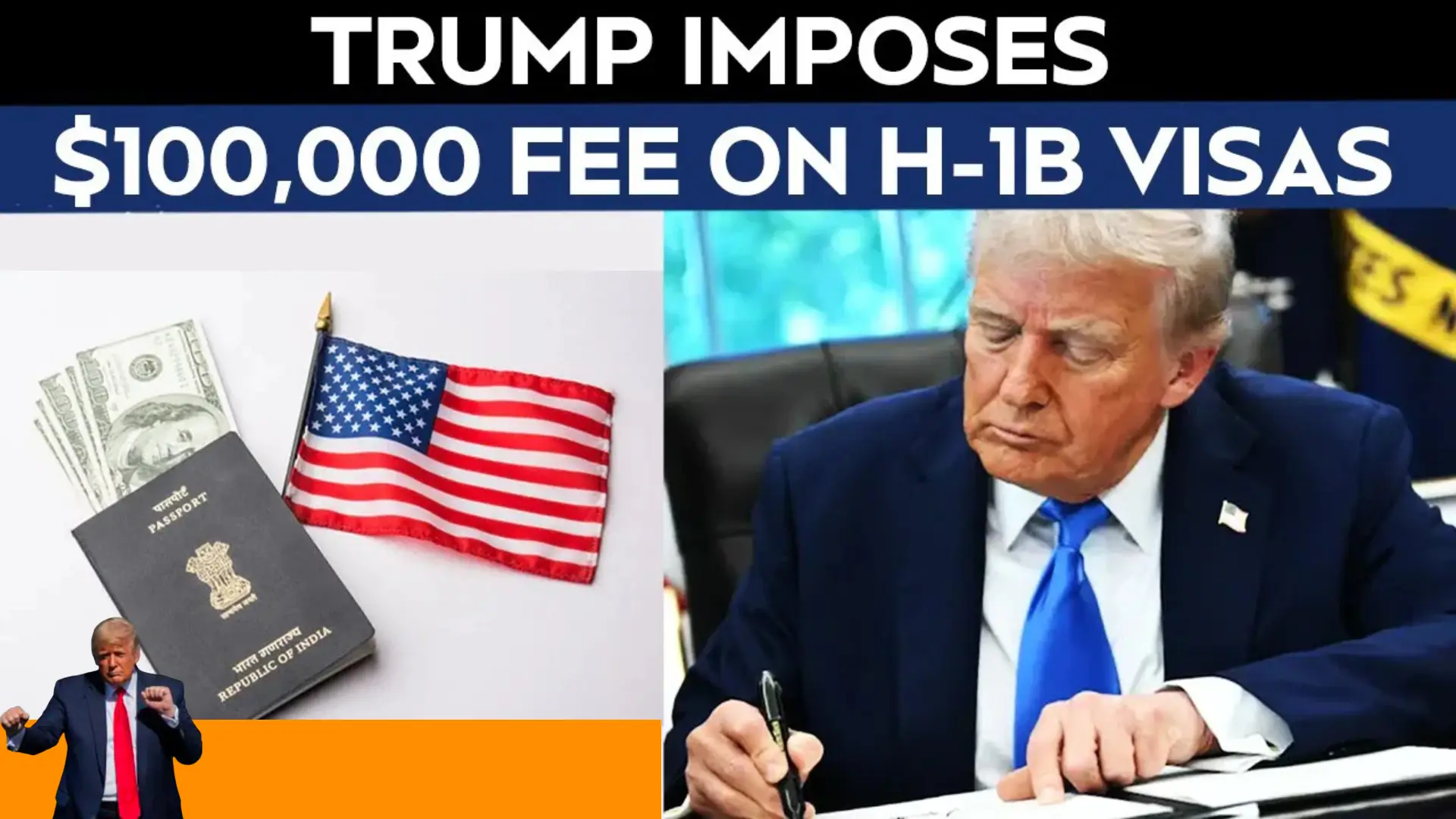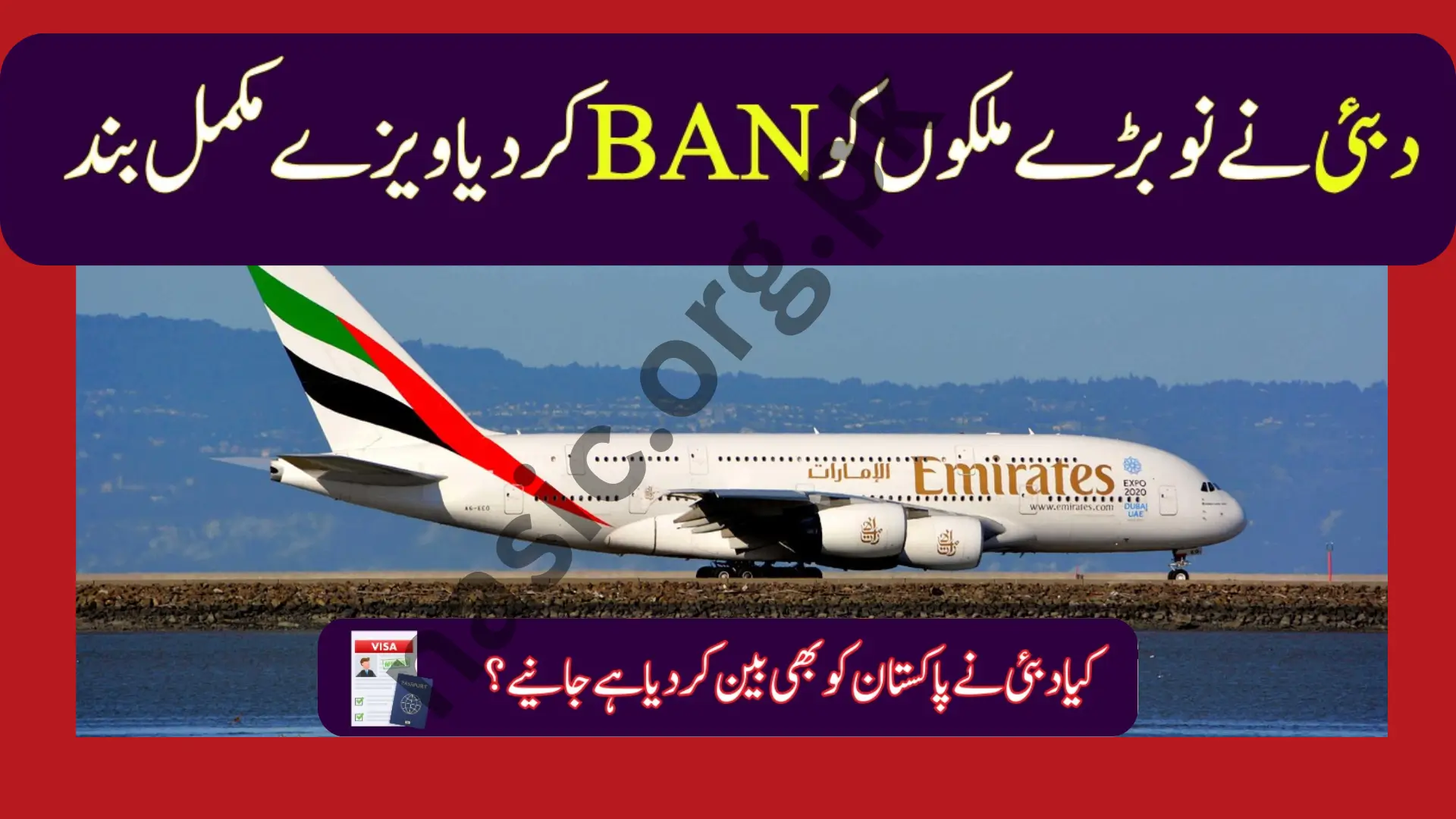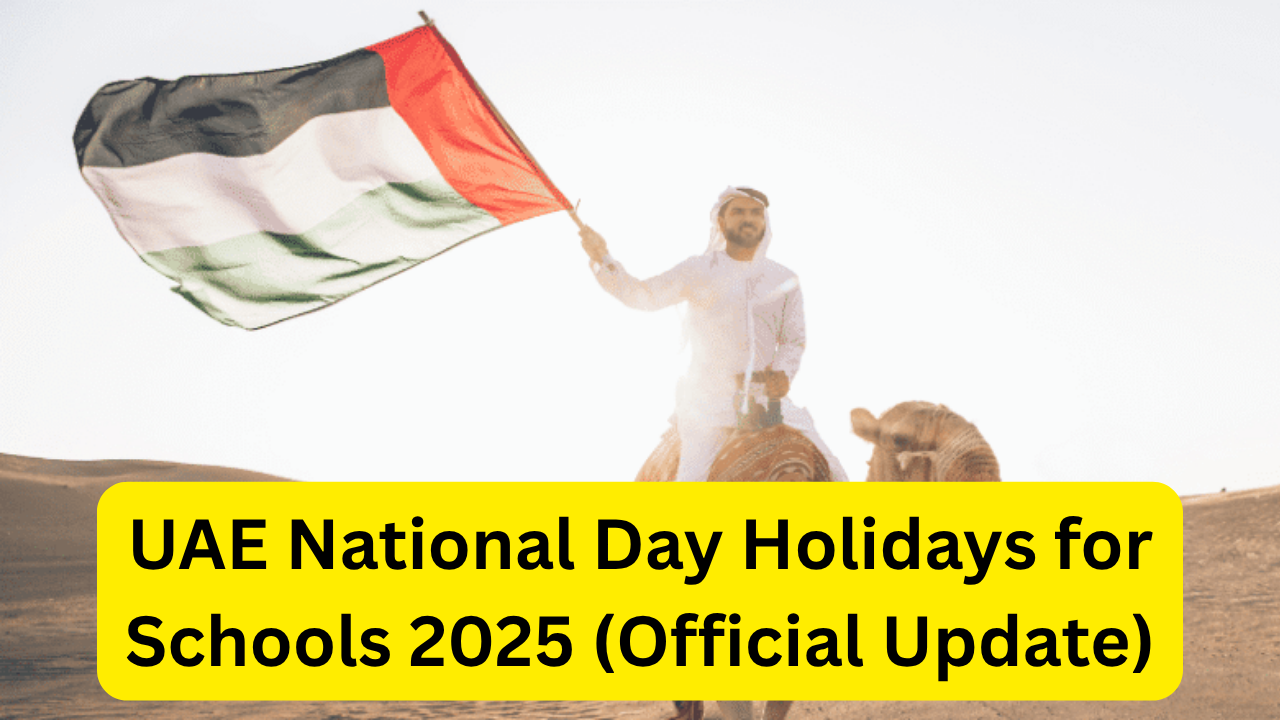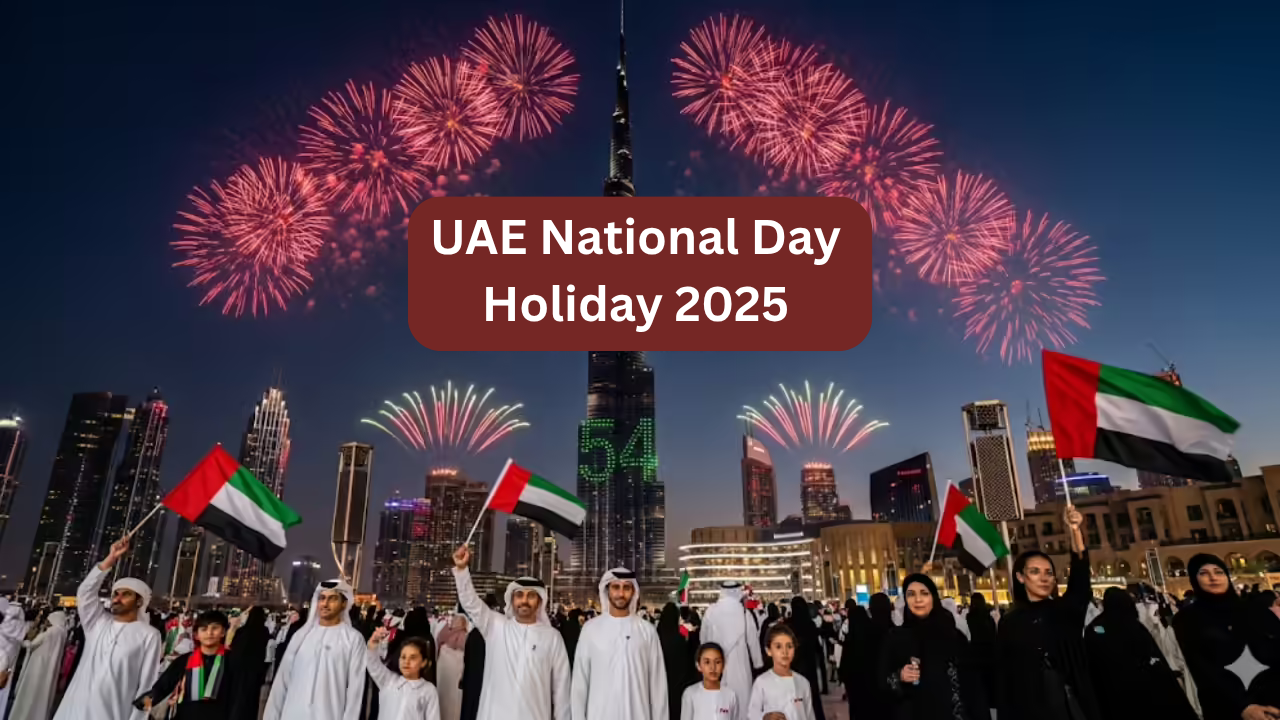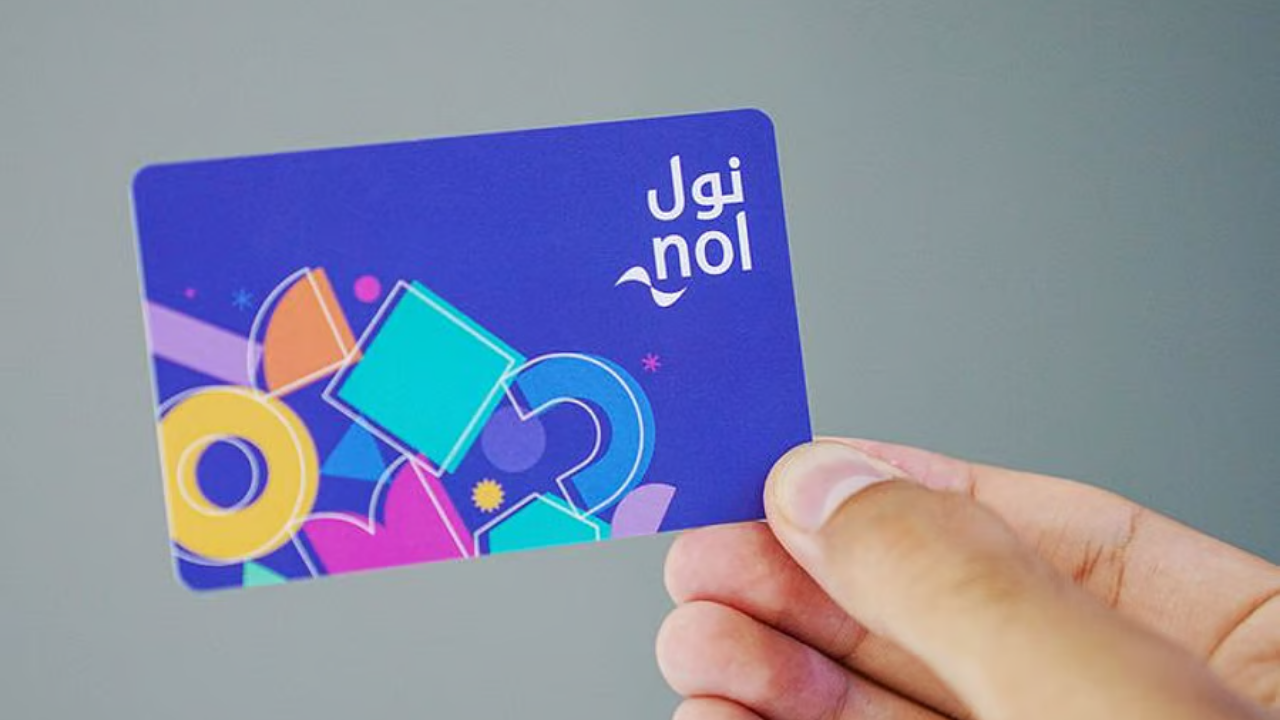Trump Introduces $100,000 Annual Fee for H-1B Visas. The H-1B visa has long been a golden ticket for skilled professionals, especially from Pakistan and India, to work and settle in the United States. However, a major policy change in 2025 has caused concern across South Asia. Former U.S. President Donald Trump has introduced a new rule requiring companies to pay $100,000 per year for every foreign employee working under the H-1B visa.
This new fee structure marks a turning point in America’s immigration policy. Let’s explore what it means, why it was introduced, and how it could reshape the future for Pakistani professionals dreaming of U.S. opportunities.
What Is the H-1B Visa and Why It’s Important
The H-1B visa is a non-immigrant work visa that allows U.S. employers to hire foreign professionals in specialized fields such as IT, engineering, healthcare, finance, and research.
Key Features of the H-1B Visa:
- Provides legal permission to work in the U.S. for three years, extendable to six years.
- Offers a pathway to permanent residency (Green Card) if the employer sponsors the employee.
- Widely used by top companies like Google, Microsoft, Amazon, and Meta.
- Seen by many Pakistani families as a life-changing opportunity for career growth and financial stability.
For decades, it has served as the main gateway for South Asian professionals to build successful careers in America.
Trump’s $100,000 Annual Fee – What Has Changed?
In 2025, Trump announced that all U.S. companies hiring H-1B visa holders must pay a mandatory $100,000 annual fee for each foreign worker. This is not a one-time payment but a recurring yearly fee, continuing as long as the employee holds H-1B status.
Key Details of the New Policy:
- Applies to all nationalities under the H-1B visa.
- Costs employers $100,000 per worker annually, in addition to regular visa and legal expenses.
- Companies, not workers, will pay this fee, but employees may still face indirect effects such as reduced hiring or lower salaries.
- Takes effect from 2025 for both new applications and renewals.
Why Did Trump Introduce This Policy?
According to official statements, the main goal is to protect American jobs and reduce dependence on foreign labor. Trump has long argued that U.S. companies often prefer hiring foreign professionals at lower wages instead of providing opportunities to American citizens. By imposing such a high cost, the government hopes companies will limit foreign hiring, prioritize U.S. citizens and residents, and encourage domestic skill development. However, critics believe this move is also politically motivated, as immigration has always been a key election issue in the U.S.
Impact on Pakistani Professionals
For Pakistani graduates and professionals, this decision brings significant challenges. Each year, thousands of Pakistanis pursue higher education in IT, medicine, and engineering with the dream of working in the U.S. Now, the $100,000 annual cost makes employers think twice before hiring from abroad.
Major Effects Include:
- Fewer job offers for foreign workers.
- Preference for local hires to avoid extra expenses.
- Salary pressure, as companies try to offset the new fee.
- Reduced visa sponsorships, especially from small and mid-sized firms.
Quick Comparison: Old vs. New H-1B Policy
| Category | Old System | Trump’s 2025 Policy |
|---|---|---|
| Application Fee | $6,000 – $10,000 | No major change |
| Annual Company Cost | $0 | $100,000 per year |
| Worker’s Burden | Minimal | Indirect (fewer jobs, lower pay) |
| Employer Impact | Affordable | Extremely expensive |
This new model could potentially discourage global talent from applying and push companies to find alternative hiring options.
Alternatives for Pakistani Professionals
While this update is disappointing, it’s not the end of opportunities. Several other countries are opening their doors to skilled foreign workers, including Pakistanis.
1. Canada’s Skilled Worker Programs
Canada’s Express Entry and Provincial Nominee Programs (PNP) continue to invite thousands of professionals each year, especially in IT, healthcare, and engineering fields.
2. Middle East Job Markets
The UAE, Saudi Arabia, and Qatar are rapidly expanding their economies with major investments in technology, energy, and infrastructure. These markets offer solid career growth and tax-free salaries.
3. European Pathways
Countries like Germany, Ireland, and the Netherlands now provide simplified Skilled Worker Visas for non-EU professionals, making Europe a viable alternative for Pakistanis seeking global exposure.
4. Remote Work Opportunities
The rise of digital work platforms has opened new doors. Many Pakistanis now work remotely for global companies through sites like Upwork, Fiverr, or direct employment contracts, earning competitive salaries from home.
Comparison Table – Global Opportunities for Pakistanis
| Country/Region | Visa Type | Ease of Application | Salary Potential | Long-Term Settlement |
|---|---|---|---|---|
| USA | H-1B Visa (Now Costly) | Difficult | High | Possible (Green Card) |
| Canada | Express Entry / PNP | Moderate | Good | High |
| UAE / Saudi Arabia | Work Permits | Easy | Moderate | Limited |
| Germany / Ireland | Skilled Worker Visa | Moderate | Good | Possible |
| Remote Work | Freelance / Contract | Easy | Variable | N/A |
Conclusion
The $100,000 H-1B visa fee marks a historic shift in U.S. immigration policy. It may restrict opportunities for Pakistani professionals in the American market, but it also encourages diversification into other regions. As global employment becomes more flexible, Pakistani talent can explore Canada, Europe, the Middle East, or even remote freelancing as strong alternatives.
The U.S. dream is evolving, it’s no longer the only path to success. The best strategy now is to upgrade your skills, explore multiple destinations, and adapt to global work trends.

